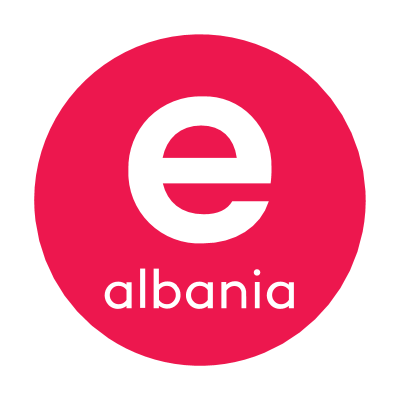Territories of today’s Albania have been populated before 100,000 years. At the beginning of the third millennium before Christ, was established population Indo – European.
As a result of this blend was created a population that retained the characteristics of specific cultural and language in the Balkan Peninsula (pellazgët). Based on the older population, between the II Millennium and the first century before Christ was created Illyrian population. The Greeks arrived in Epidamos (today Durrës) Butrint and Apoloni in 7 century before Christ to decide where colonies of them – run.
As well as Greeks, the Illyrians even though under Roman domination for centuries failed to preserve their language and traditions. The most important trade route between Rome and Kostandinopoli was Egnatia road which passed through the port of Durres. Until the end of 14 century, Albania was occupied by the Roman Empire.
From 1443 until 1468 national hero Scanderbeg (Gjergj Kastrioti) led the Albanian resistance, winning the 25 battles against turkish. For a very short time, after the death of Scanderbeg, the Ottoman failed to Albanian resistance, taking control of the country in 1479. 26 years later, Kostandinopoli crashed. More than 400 years, Albania has been under the Ottoman regime. Successive revolt and efforts brought the Independence in 1912.
The hospitality is an Albanian centuries-old tradition. The Albanian people is known for its values of humanity.
Many foreign travelers have written about this tradition, who have visited themselves the Albanian land. To mention are Lord Bajroni, english travelers Edith Durham, the French consul Pukeville, Ekharti, Hammondi etc.
Albania has a long tradition in folklore music, which dates from the Ilyrian period. The temperament and vivacious spirit of the Albanians reflect in songs, dance, and instrumental creations.
The old literature is represented by works with religious character expressing resistance against Turkish domination.
The first albanian book is “Meshari” of Gjon Buzuku(1555).
Most prominent authors of this literature are Pjeter Budi, Fran Bardhi, Pjeter Bogdani etc…
Albanian literature strongly developed in the National Renaissance.
This literature intertwines iluminist spirit, romantic, democratic writers of that period. Main topic of creativity of that period is the historical epic and lyric. The most prominent authors of Renaissance literature are: Naim Frasheri, Andon Zako Çajupi, Sami Frasheri, Ndre Mjeda, De Rada etc..
During the Independence period, literature tackled the same theme of patriotism but more democratic in character.
The most prominent figures of this period are Fan Noli, as a publisher, poet, translator as well, as a political figure, Migjeni, Lasgush Poradeci, Gjergj Fishta, Ernest Koliqi, Faik Konica and others.
After the second World War, socialist realism conditioned literature topics. Yet even during this period originated and developed a genuine literature of which even though under censorship, created and confirmed.
Writers may be mentioned: Mitrush Kuteli, Ismail Kadare, Dritëro Agolli, Dhimitër Xhuvani, Jakov Xoxe, Vath Koreshi, Kol Jakova, Bardhyl Londo, Fatos Kongoli etc.
Various arts and figurative have beginnings in ancient periods. Thus, through archaeological revelations are uncovered hundreds terakota, ornate metal that belonged to Illyrian tribes. To mention are schools of Apolonia and ancient Durres. Most prominent objects and the most interesting of this period are: the head of Deaa (Divinity of Butrinti), the marble head of Artemisi in Apolonia, the mosaics in Butrinti, “Beauty of Durres” mosaic, Apolonia statues etc.
In Byzantine and post – Byzantine periods to be mentioned are the afrescos, located in Rubik church (1272). 16th century, refers to Onufri frescoes and in 1986 opened the museum in Berat, in honor of his work.
18th centuries are referred to the works of prominent painting Constandin Shpataraku dhe David Selenicasi. The works are located in Ardenica, Voskopoja, in churches of Selcan and Valësh in Shpati area, in Korca, etc. For visitors and tourists interesting is the “Museum of Medieval Art” located in Korca.
During the renaissance and independence period in Albanian art and culture, to mention are personalities such as: painters Idromeno Kole (1860 – 1939), Andrea Kushi (1884 – 1959), Xega Spiro (1863 – 1953), Vangjush Mio (1891 – 1957), in sculpture Odise Paskali (1903 – 1985), in music Tefta Tashko Koco etc..
For tourists, Albania offers several museums and galleries cultural such as the National History Museum, Museum House of Vangjush Mio, National Gallery of Figurative Arts in Tirana, Museum “Mezuraj” and other private museum in Tirana, “Eduard Lir” Gallery in Berat,”Guri Madhi” Galery in Korca, etc.
(Information is taken from Albanian National Tourism Agency)





